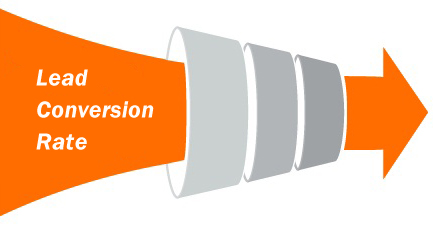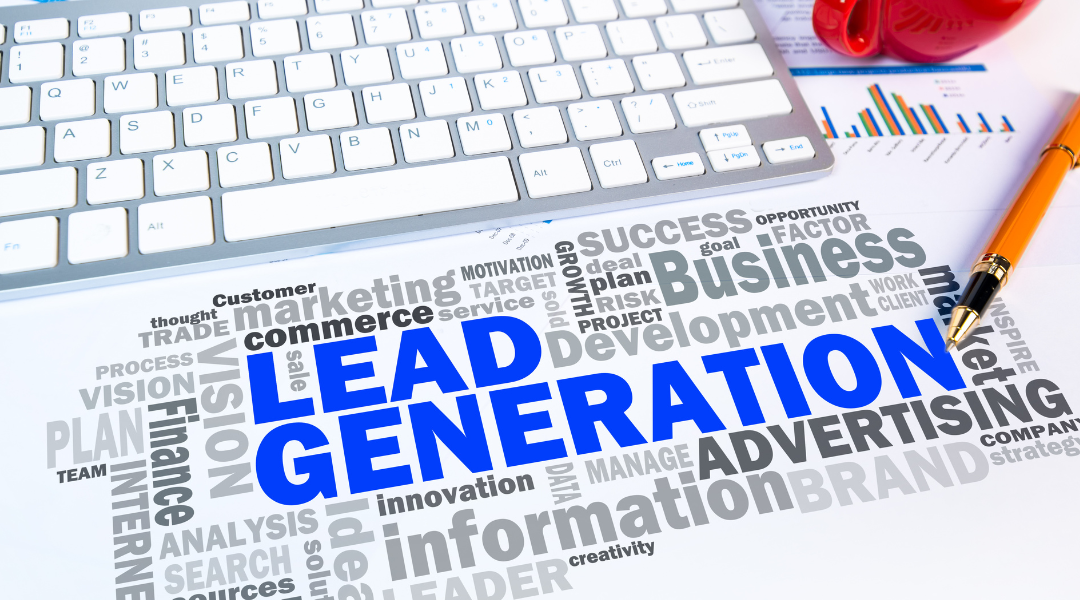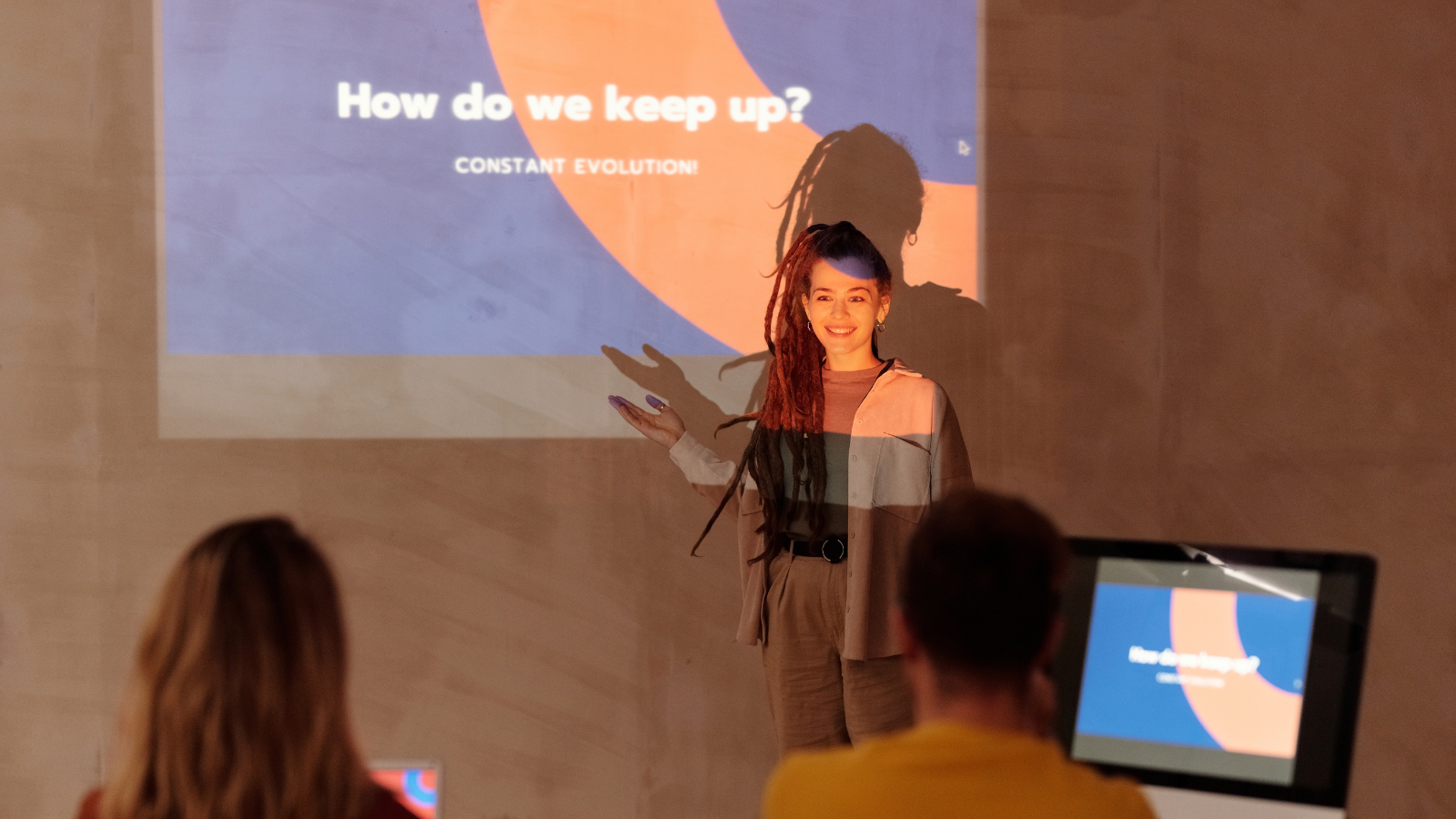Enhance Lead Generation by Customizing Website Content for Optimal Conversions

Introduction
“PERSONALIZATION is the act of tailoring a service or product to accommodate a specific individual or group. It's about taking something generic and making it relevant to a particular person's needs and preferences.”
Tailoring content for your website can be a powerful tool for boosting engagement and conversions. By understanding your visitors' needs and interests, you can create content that resonates with them on a deeper level.
Ever wondered why some websites seem to 'get' you? It's the power of personalization at play, transforming your customer's browsing experience into a tailored journey. Personalization can skyrocket lead generation, making potential customers feel understood and valued.
In fact, a HubSpot study shows that personalized calls to action (CTA) perform 202% better than generic ones. Imagine that—more than double the effectiveness just by making your audience feel special!

But how do you start personalizing? It's simpler than you think. Start with these steps:
a. Identify your audience segments.
b. Analyze their behavior and preferences
c. Tailor your content and offers accordingly
So, are you ready to dive deeper into your audience's world?
The following section will guide you through the art of segmentation, ensuring your content hits the mark every time.
Understanding Your Audience
Let's ask the same question again, but with a catch! Ever wondered why some websites seem to 'get' you better than others?
Well, it's all about segmentation. By dividing your audience into distinct groups or segments, you can tailor your content marketing strategies to match their specific needs. Audience segmentation is where the true power of personalization begins to shine, especially when AI for personalization is here to handle this meticulous task.
Traditional methods might group audiences broadly, but AI digs deeper, identifying micro-segments based on subtle patterns and behaviors. So, how do you ensure your segments are hitting the mark? It's crucial to continuously reevaluate them using AI, ensuring they remain relevant and reflective of current behaviors and preferences. Are you leveraging the insights from your audience to shape your content strategy?
Here's a quick look at how segmentation can transform your content marketing efforts:
a. Tailor Content to Audience Segments: Create content that addresses the specific concerns and interests of different audience segments.
b. Quality over quantity: Focus on metrics that offer real insight into user preferences and behaviors.
c. Dynamic Content Adaptation: Reflect your audience's understanding of the content they see, making it more engaging and effective.
As you move towards personalizing website content, remember that dynamic content adaptation is the visible output of your AI's behind-the-scenes analysis and segmentation. It's one thing to understand your audience in theory; it's another to reflect that understanding in the content they see.

Personalizing Website Content
Have you ever visited a website that seemed to speak directly to you? Is there someone there who understands your needs for a specific problem that you are facing? That's the power of dynamic content. Dynamic content adapts in real time, providing a continuous loop of feedback and adjustment, keeping your website fresh and relevant.
Website personalization through dynamic content can significantly increase engagement and conversions. In fact, according to Instapage, statistics show that personalized web experiences can lead to a 19% uplift in sales.
Website personalization isn't just a buzzword; it's a strategy that can give you a competitive edge. By tailoring content to individual user behavior, you're creating a conversation with your audience. By leveraging multimedia content like images & videos, along with employing storytelling techniques, you can create compelling content that resonates with each visitor.
Tailoring Offers Based on User Behavior
Artificial Intelligence (AI) today is revolutionizing the way we create targeted offers. Imagine a system that not only knows what your customers like but also predicts what they'll need next. That's the power of AI in personalization.
By analyzing user behavior, AI can forecast interests and tailor offers accordingly, increasing the likelihood of conversion. Dynamic content adjustment is critical here, with AI modifying content, visuals, and calls-to-action (CTAs) for each visitor in real-time.
AI can help create a seamless experience that resonates with you. It's not just about making a sale; it's about building a relationship. And with AI, businesses can offer a personalized journey that feels unique to each user. AI's nuanced understanding of individual preferences turns generic interactions into meaningful engagements.
But how does this translate into actual numbers? Let's look at some data:
| Engagement Trigger | Conversion Rate Increase |
| Personalized Content | 19% |
| Custom Timing | 21% |
| Visual Customization | 17% |
Are your marketing strategies harnessing the full potential of AI? As we move forward, the integration of AI in digital marketing is not just an option; it's a necessity for staying competitive and relevant.

Building Landing Pages with Personalization
Landing pages are the key to having your customers look at something that they feel is useful enough to consider an action. By mapping your content to specific stages, you're delivering the right message at the right time. This targeted approach can significantly enhance the effectiveness of your content in nurturing leads toward a purchase decision.
Have you considered the impact of a well-crafted landing page on your lead conversion rates?
Studies show that personalized landing pages can increase conversions by over 200%. That's because they speak directly to the buyer's needs at each stage of their journey. Here's a simple breakdown:
1. Awareness Stage: Educate with informative content.
2. Consideration Stage: Solve problems with detailed comparisons.
3. Decision Stage: Offer incentives and clear calls to action.
By tailoring content to these stages, you're not just providing information; you're building a relationship with your audience. Are you ensuring that every piece of content on your landing page resonates with where your leads are in their journey? If not, it's time to start.
Use analytics to track user behavior and refine your strategy. Remember, the goal is to create a cohesive lead experience that not only meets immediate needs but also strategically nurtures leads through the sales funnel.
So, what's your next step in personalizing your landing pages?
Measuring Success and Refining Your Strategy
So, you've tailored your website content and crafted custom offers, but how do you know if your efforts are paying off?
Tracking conversion metrics is essential to understanding the impact of your personalization strategies. Are your visitors engaging more deeply? Are they taking the actions you want them to take? Let's dive deep to find out.
One critical indicator is the conversion optimization rate, which reveals how effectively your content moves potential customers toward a purchase. But don't stop there. Look at the time spent on the page and the number of page views to gauge engagement. If these numbers are below your benchmarks, it's time to tweak your content. Maybe add some interactive elements or enhance internal linking.
By closely monitoring these metrics, you can pinpoint areas for improvement and opportunities to optimize for better results.
Here's a simple table to help you track and adjust your strategy:
| Metric | Tool Example | Benchmark Example | Strategy Adjustment Example |
| Time on Page | Google Analytics | > 2 minutes | Improve content relevance and engagement |
| Page Views | Google Analytics | Increase by 20% | Enhance internal linking, promote content |
| Conversion Rates | HubSpot, Salesforce | > 5% conversion | A/B test CTAs, landing page designs |
After analyzing these metrics, ask yourself: Are my personalization efforts enhancing the customer journey? If not, what changes can I implement to drive more conversions? Remember, the goal is to make data-driven decisions that resonate with your audience and boost your bottom line.
Conclusion
In the digital age, personalization is not just a trend—it's a cornerstone of successful marketing strategies. By understanding your audience and tailoring website content and offers to their specific needs, you create a more engaging and satisfying experience that resonates deeply.
Real-world examples have shown that leveraging tools like LinkedIn Sales Navigator for B2B lead generation and employing AI-driven personalization can significantly boost conversion rates. Remember, the journey doesn't end with a conversion; it's about building lasting relationships through consistent, relevant, and emotionally connected content.
As you measure success and refine your strategies, keep in mind that the ultimate goal is to provide value that feels custom-made for each visitor. By doing so, you're not just capturing leads—you're cultivating loyalty and fostering a community around your brand.
Frequently Asked Questions
How does personalization improve lead generation on websites?
Personalization improves lead generation by creating content that is tailored to different audience segments, increasing relevance and trust. By using tools like dynamic content and LinkedIn Sales Navigator, businesses can provide more relevant experiences that lead to higher conversion rates.
What role does AI play in personalizing offers for users?
AI plays a critical role in personalizing offers by analyzing user behavior and crafting custom offers that align with individual preferences and intentions. This targeted approach ensures marketing efforts are focused on prospects most likely to convert, significantly increasing conversion rates.
Why are personalized landing pages important for lead capture?
Personalized landing pages are essential for lead capture because they align content with the specific stage of the buyer's journey, offering a tailored experience that speaks directly to the visitor's needs. This not only enhances engagement and builds stronger relationships but also increases the likelihood of conversion, making it an essential strategy for optimizing lead generation.





